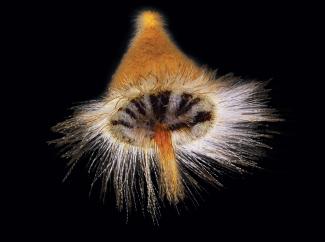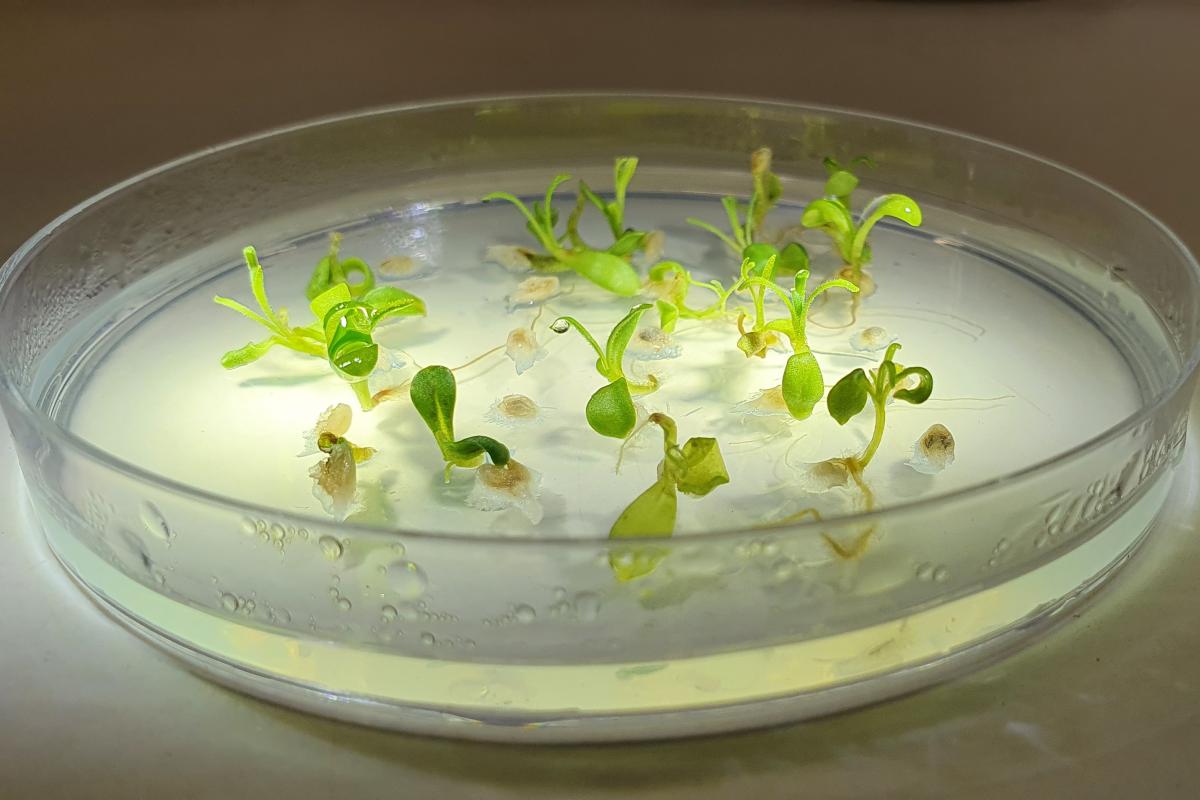The science of seeds
Seeds are time capsules of nature – stores of genetic information that provide plants the means to move through time and space, endure environmental conditions unfavourable to their survival, and regenerate to form the next generation.
At Kings Park, seeds are a vital resource for biodiversity conservation through seed banking, for plant breeding and research, and to generate plants for nursery living collections, bushland management and for display and education in the Western Australian Botanic Garden.
Did you know?
The storage life of many seeds is expected to be decades (or longer), and some Western Australian plants are thought to produce some of the longest-lived seeds in the world.
Most seeds are dormant at maturity and must experience a precise sequence of environmental cues before germination is possible.
Many hundreds of tonnes of seeds are required to restore degraded landscapes across Western Australia.
Seed banking: saving seeds for the future
Seed science supports the curation, management, and use of the seed collections stored in the Kings Park Seed Bank through studies of seed viability, storage behaviour, and longevity. Seed banks store seeds under conditions that aim to maintain high quality seeds. Careful storage in sub-zero temperatures preserves seeds for use in propagation and conservation activities.
All seeds will eventually die and there is significant variation in the lifespan within and between collections of different species. The curation of seeds stored in seed banks is an ever-increasing challenge as the size and diversity of the collections grow.
Kings Park Science is working to characterise seed storage behaviour, develop and apply new methods and data analyses for assessing seed quality and predicting storage lifespan, and develop the use of alternative storage techniques, including cryostorage, for seeds of short-lived or high-value species.
Solving the secrets of seed dormancy and germination
Temperature? Moisture? Light? There are many factors that affect the life of seeds in the wild. To move from dormancy to germination can require an incredibly precise environmental combination – and we’re working to uncover the answers.
Understanding the physiology and ecology of seed dormancy and germination is essential for:
- Plant propagation in the Kings Park Nursery
- Successful ecological restoration
- Supporting threatened species recovery; and
- Studying the viability of seeds in storage
Through lab and field studies, Kings Park Science is working to uncover the type of seed dormancy for each species and the environmental conditions they need for germination. This research aims to understand the role of seed dormancy in shaping the establishment, reproduction, and persistence of plant species and communities.
Seed technologies: helping seeds go the distance
Seed enhancement technologies are a suite of seed treatments that may be applied to improve seed handling, processing, mechanised sowing and seedling establishment at restoration sites. Techniques including seed coating, pelleting, and priming are formulated based on site specific soil and environmental conditions. Researchers also focus on the design and testing of seed processing equipment and direct seeding machinery suited to Western Australia’s diverse seeds.

